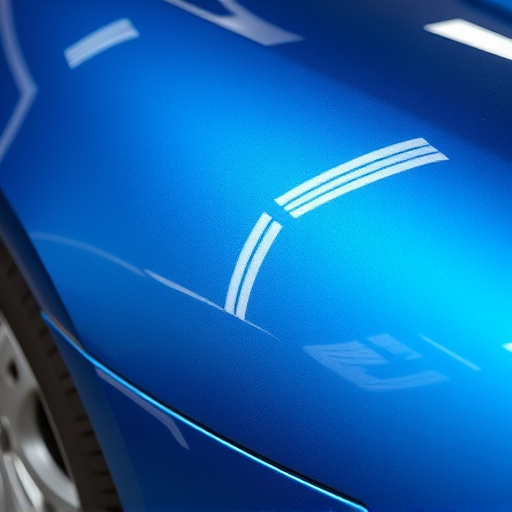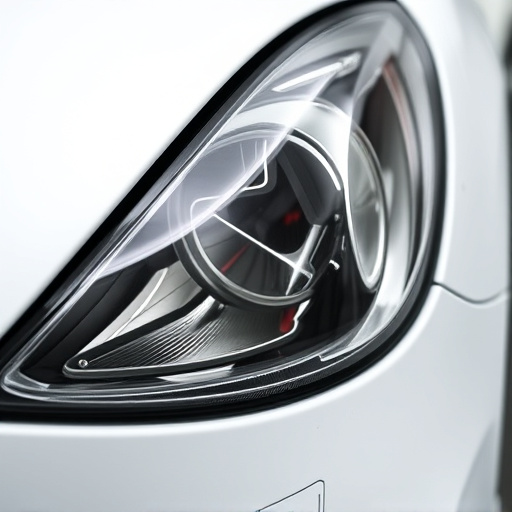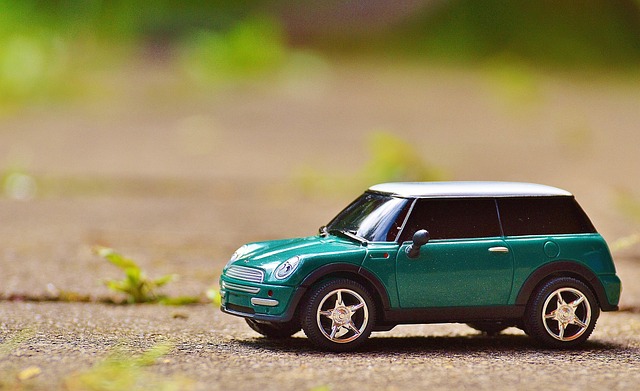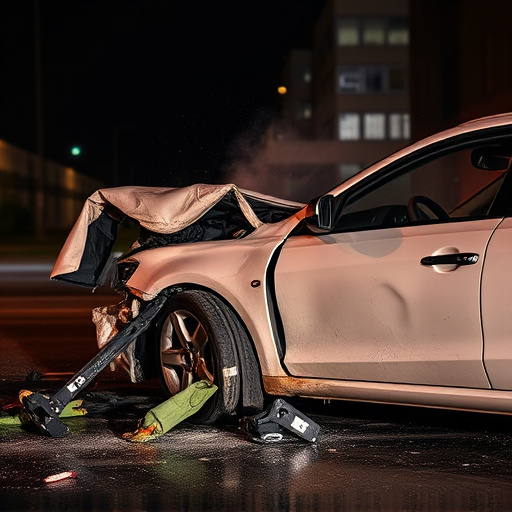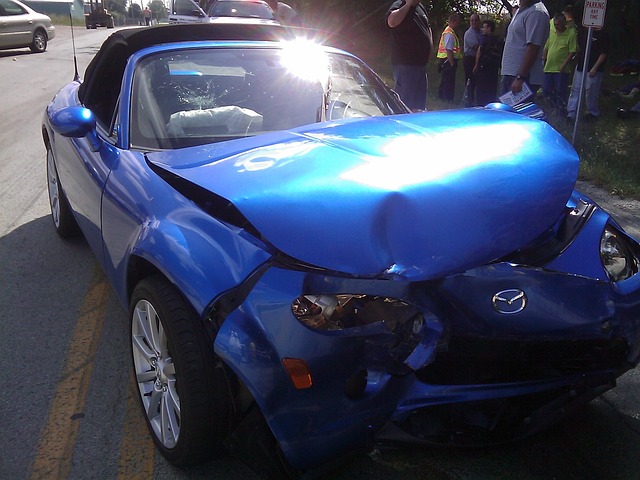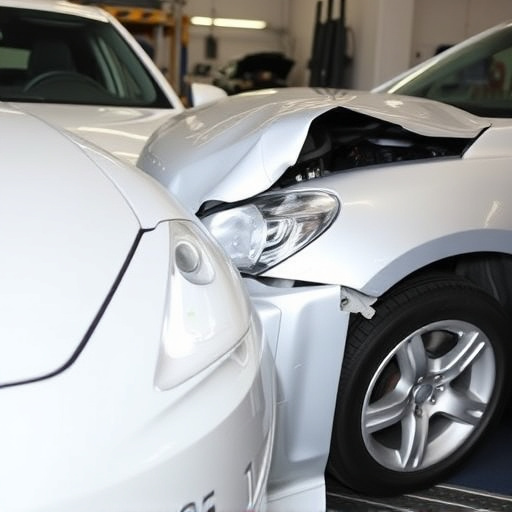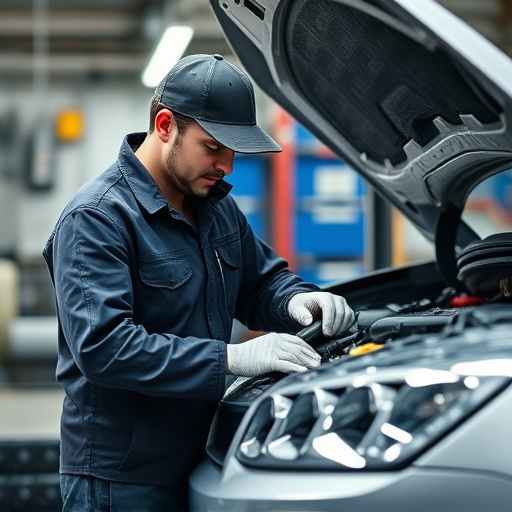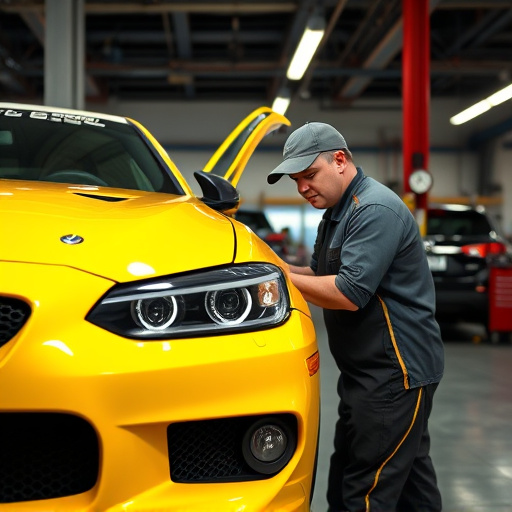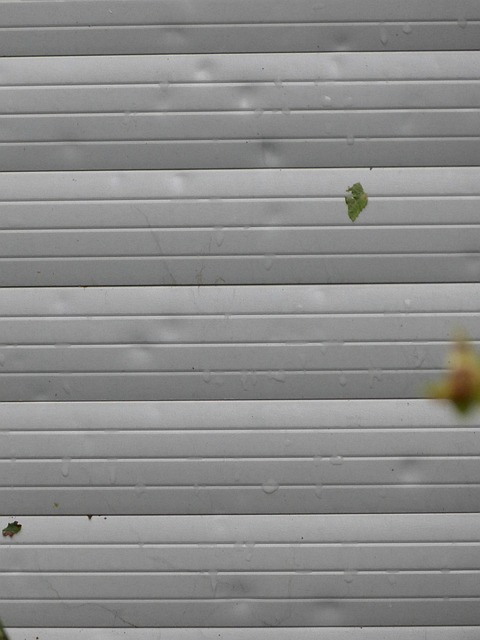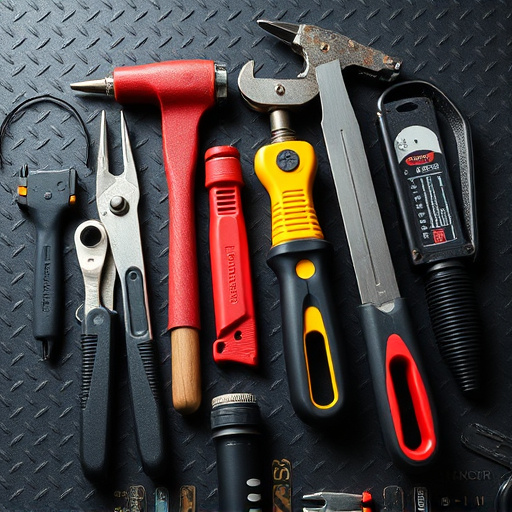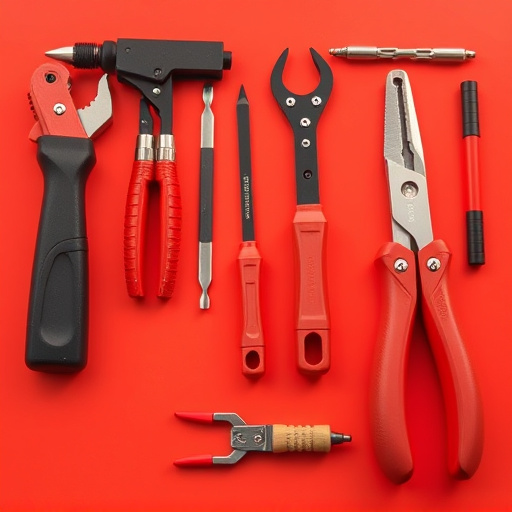Tesla-approved adhesives are crucial for high-quality and safe car collision repair and dent removal, offering exceptional strength and durability that meet Tesla's rigorous standards. To ensure structural integrity and long-lasting performance, professionals must meticulously prepare surfaces, select the right adhesive, apply it evenly, and let it cure properly following manufacturer instructions. Post-application care, including storage in optimal conditions, regular inspections, and protection from contaminants, maximises the effectiveness of these adhesives, ensuring Tesla owners receive reliable and aesthetically pleasing repairs.
Tesla vehicles demand superior quality components, and this includes the adhesives used in their construction. “Tesla-approved adhesives” are designed to meet stringent performance criteria, ensuring durability, safety, and aesthetics. This article delves into the world of these specialized adhesives, exploring their benefits and critical role in Tesla vehicle assembly. We’ll guide you through the application protocols, providing a step-by-step approach for professionals, and offer best practices for post-application care to ensure optimal performance and longevity.
- Understanding Tesla-Approved Adhesives: Their Role and Benefits
- Protocols for Applying Tesla-Approved Adhesives: Step-by-Step Guide
- Ensuring Longevity and Performance: Best Practices for Post-Application Care
Understanding Tesla-Approved Adhesives: Their Role and Benefits
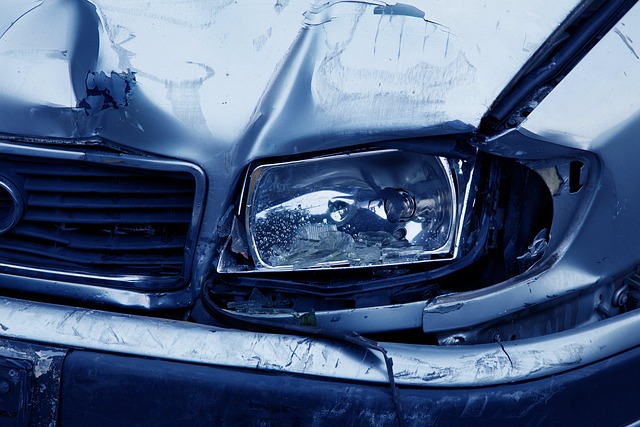
Tesla-approved adhesives play a pivotal role in ensuring top-notch quality and safety standards during car collision repair and dent removal processes. These specialized adhesives are meticulously designed to meet Tesla’s rigorous criteria, offering unparalleled strength and durability. By adhering to precise protocols when applying Tesla-approved adhesives, professionals can significantly enhance the structural integrity of vehicles, especially during complex car restoration projects.
The benefits extend beyond mere strength; these adhesives contribute to more efficient and effective repairs, reducing the time typically required for dent removal or other damage fixes. Moreover, their use ensures that restored cars maintain not just their aesthetic appeal but also their original structural soundness, providing peace of mind for Tesla owners.
Protocols for Applying Tesla-Approved Adhesives: Step-by-Step Guide
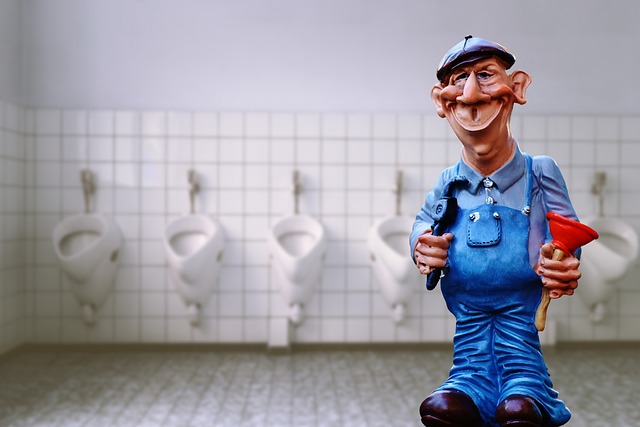
When it comes to Tesla-approved adhesives, proper application is paramount to ensure structural integrity and long-lasting performance. Tesla provides detailed protocols for a seamless process, guiding users through each step. Start by preparing the surface, ensuring it’s clean, dry, and free from any contaminants. This involves careful deburring and priming to create an optimal bond.
Next, select the appropriate adhesive based on the specific repair, following Tesla’s recommendations. Apply the adhesive evenly, adhering to the specified thickness guidelines. A consistent layer is crucial for effective bonding. Allow the adhesive to cure as per the manufacturer’s instructions, often requiring a specific temperature and time frame. This step ensures the adhesive reaches its full strength. For collision repair services or car body restoration work, adhering to these precise protocols guarantees that the repairs match the vehicle’s original standards, ensuring a safe and reliable drive.
Ensuring Longevity and Performance: Best Practices for Post-Application Care
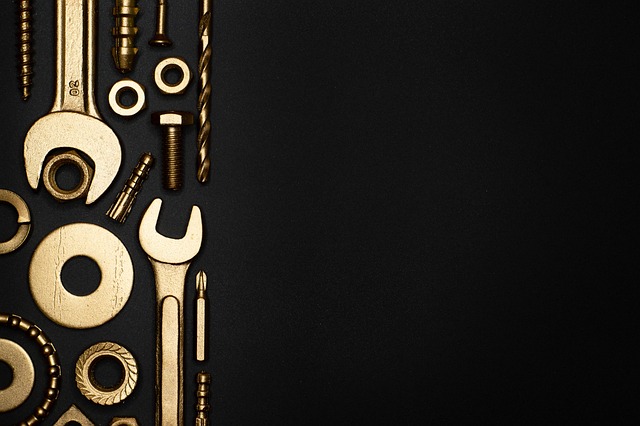
To ensure longevity and optimal performance after applying Tesla-approved adhesives, careful post-application care is paramount. This includes proper storage conditions—avoiding extreme temperatures and high humidity levels—to prevent curing issues. Regular inspection of the bonded areas is crucial to detect any signs of weakness or separation early on.
Additionally, maintaining a clean environment during the curing process is essential. Dust, dirt, and other contaminants can impair adhesion. Using protective coverings like tarps or garage doors can shield the repair area from environmental factors that might compromise the integrity of the bond. Consistent monitoring and adherence to Tesla’s recommended curing times will contribute to achieving robust and long-lasting results in vehicle bodywork, especially when addressing dent removal or collision repair scenarios.
When applying Tesla-approved adhesives, adhering to precise protocols is key. These specialized adhesives play a vital role in ensuring the long-term performance and durability of Tesla vehicle repairs and modifications. By following the step-by-step guide outlined in this article, you can guarantee that your application meets Tesla’s exacting standards. Additionally, implementing best practices for post-application care will further enhance the longevity and aesthetics of your work, contributing to a seamless and high-quality result.

